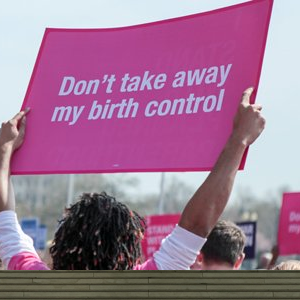Forbidding privatization of state

Illinois in 1990 (Private Correctional Facility Moratorium Act), and New York in 2000, sanctioned regulations that boycott the privatization of penitentiaries, restorative offices, and any administrations connected with their activity. Louisiana sanctioned a ban on confidential penitentiaries in 2001. In September 2019, the California council passed a bill that would forbid private usa inmate organizations from working in the state; in any case, ICE later stretched out an agreement to proceed with the utilization of private penitentiaries into the future because it is excluded from state regulations as it is a government organization as per the Supremacy Clause and because of the way that Congress has not prohibited the utilization of private detainment facilities.
Prohibiting theoretical confidential jail development
For-benefit jail organizations have fabricated new penitentiaries before they were granted privatization contracts to draw state contract endorsement. In 2001, Wisconsin’s joint financial plan panel prescribed language to boycott all future speculative jail development in the state. Such expectant structure traces all the way back to something like 1997 when Corrections Corporation of America constructed a 2,000-bed office in California at an expense of $80-100 million with no agreement from the California Department of Corrections; a CCA official was cited as saying, “In the event that we fabricate it, they will come”.
Forbidding exportation and importation of detainees
To guarantee that the state holds command over the quality and security of remedial offices, North Dakota passed a bill in 2001 that restricted the commodity of Class An and AA criminals outside the state. Essentially, Oregon permitted a current exportation regulation to nightfall in 2001, really forbidding the commodity of detainees. A few states have thought about prohibiting the importation of detainees to private offices.
Requiring principles practically identical to state jails
New Mexico sanctioned regulation that moves management of private penitentiaries to the state Secretary of Corrections, guaranteeing that private jails satisfy similar guidelines as open offices. In 2001, Nebraska regulation that requires private penitentiaries to satisfy public jail guidelines was predominantly endorsed by the council, yet pocket-rejected by the lead representative. Oklahoma passed a regulation in 2005 that requires private penitentiaries to have crisis plans set up and order state warnings of any security occurrences.
The Federal Bureau of Prisons declared its purpose to end for-benefit jail contracts:
Ending government contracts.
- On August 18, 2016, Deputy U.S. Head legal officer Sally Yates reported that the Justice Department planned to end its Bureau of Prisons contracts with for-benefit jail administrators since it closed “…the offices are both less protected and less compelling at giving remedial services…” than the Federal Bureau of Prisons. Accordingly, Issa Arnita, the representative for the third-biggest U.S. for-benefit jail administrator Management and Training Corporation, said he was “frustrated” to find out about the DOJ’s choice.
- In the event that the DOJ’s choice to end the utilization of agreement penitentiaries depended exclusively on declining detainee populaces, there might be some legitimization, however, to put together this choice with respect to cost, wellbeing, security, and writing computer programs is off-base.” In a reminder, Yates proceeded, for-benefit “…prisons served a significant job during a troublesome period, yet time has shown that they contrast ineffectively with our own Bureau offices.
- They basically don’t give a similar degree of remedial administrations, projects, and assets; they don’t save considerably on costs; and as verified in a new report by the Department’s Office of Inspector General, they don’t keep up with a similar degree of well-being and security. The rehabilitative administrations that the Bureau gives, for example, instructive projects and occupation preparation, have demonstrated challenging to reproduce and re-appropriate and these administrations are crucial for decreasing recidivism and working on open wellbeing.
- Likewise, the recidivism paces of the confidential penitentiaries, “In no less than three years of delivery, around 66% (67.8 percent) of delivered detainees were rearrested. In somewhere around five years of delivery, around 3/4 (76.6 percent) of delivered detainees were rearrested. Of those detainees who were rearrested, the greater part (56.7 percent) were captured toward the finish of the main year.” These confidential jail recidivism rates, contrasted with the public jail’s recidivism rates, are practically indistinguishable and consequently have infinitesimal advantages.
